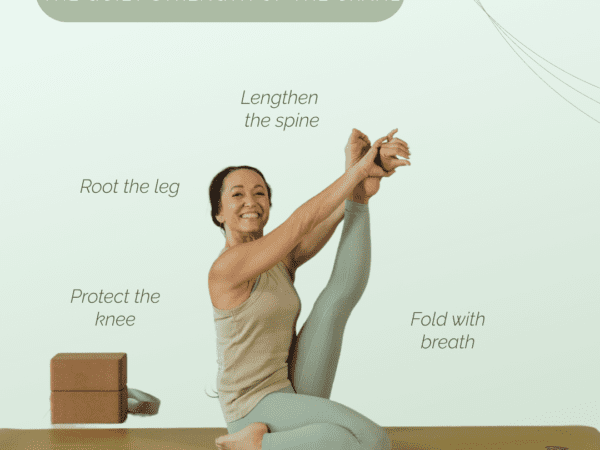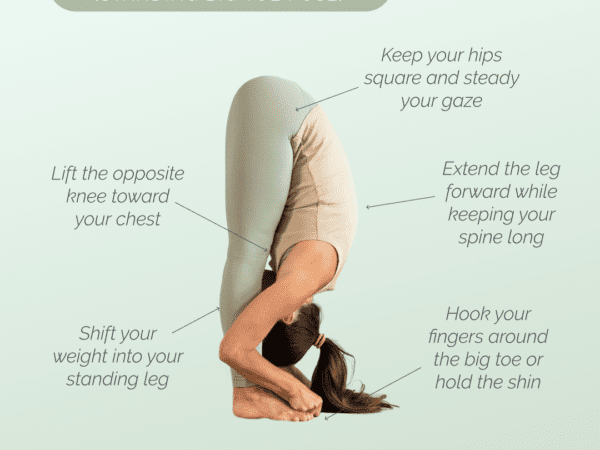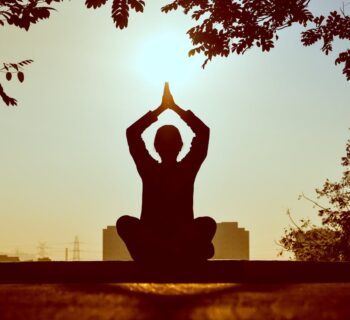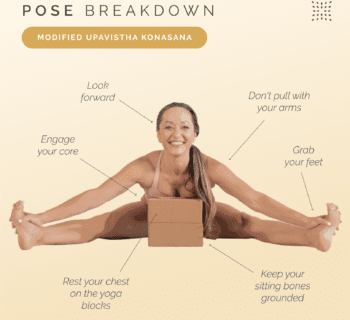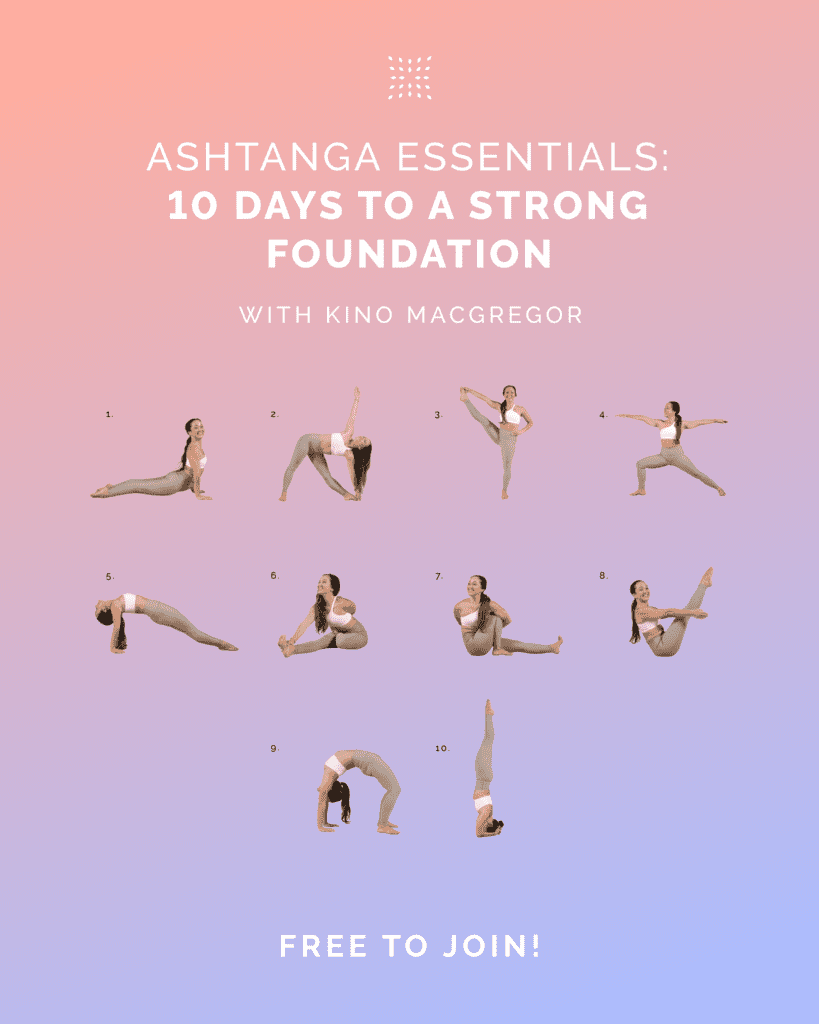Are you looking to enhance your flexibility and strengthen your core? Modified straddle pose is a fantastic yoga position that can help you achieve these goals. Whether you’re a beginner or an experienced yogi, this pose offers a gentle yet effective way to stretch your inner thighs, hamstrings, and lower back. In this blog post, we’ll guide you through the steps to master modified straddle pose, ensuring you reap all its benefits while maintaining proper form and alignment. Let’s dive in and explore how this versatile pose can elevate your yoga practice!
Benefits of Modified Straddle Pose
Improves Flexibility: Modified straddle pose helps to stretch the inner thighs, hamstrings, and lower back, enhancing overall flexibility.
Strengthens Core Muscles: Engaging the core during this pose helps to build strength and stability in the abdominal muscles.
Enhances Circulation: The pose promotes better blood flow to the lower body, aiding in muscle recovery and overall circulation.
Reduces Stress: Practicing this pose can help to calm the mind and reduce stress levels, promoting a sense of relaxation and well-being.
Improves Posture: Regular practice of modified straddle pose can help to correct posture by strengthening the muscles that support the spine.
Aids in Digestion: The gentle compression of the abdomen during this pose can stimulate digestive organs and improve digestion.
Increases Hip Mobility: By opening up the hips, this pose can increase mobility and reduce stiffness in the hip joints.
Supports Lower Back Health: Stretching the lower back muscles can alleviate tension and discomfort, supporting overall lower back health.
Contraindication for Modified Straddle Pose
Lower Back Injuries: Individuals with lower back injuries should avoid this pose or practice it with caution to prevent further strain.
Hamstring Tears: Those with hamstring injuries or tears should refrain from this pose to avoid aggravating the condition.
Hip Problems: People with hip issues, such as arthritis or hip replacements, should consult a healthcare provider before attempting this pose.
Sciatica: Individuals suffering from sciatica may find this pose exacerbates their symptoms and should proceed with caution.
Pregnancy: Pregnant women should avoid deep forward bends and should consult their healthcare provider before practicing this pose.
Knee Injuries: Those with knee injuries or conditions should be cautious, as the pose can put pressure on the knees.
Severe Osteoporosis: Individuals with severe osteoporosis should avoid this pose due to the risk of fractures.
Recent Surgeries: Anyone who has recently undergone surgery, especially in the abdominal or pelvic area, should avoid this pose until fully healed.
How to do Modified Straddle Pose Step-by-Step
You’ll need a yoga block to do this pose.
Find a Comfortable Seat: Begin by sitting on the floor with your legs extended straight in front of you. You can sit on a folded blanket or yoga block to elevate your hips if needed.
Spread Your Legs: Gently open your legs into a wide straddle position. The distance between your legs will depend on your flexibility, so go as wide as is comfortable for you. Place your yoga block in front of you.
Engage Your Core: Sit up tall and engage your core muscles. This will help to support your lower back and maintain proper alignment.
Inhale and Lengthen: Take a deep breath in, lengthening your spine and reaching the crown of your head towards the ceiling.
Exhale and Hinge Forward: As you exhale, hinge at your hips and begin to fold forward. Keep your spine long and avoid rounding your back. Only go as far as is comfortable for you.
Support Yourself: You can place your hands on the yoga block in front of you for support. If you need additional support, you can stack two yoga blocks on top of each other.
Hold the Pose: Stay in this position for several breaths, allowing your body to relax and deepen into the stretch with each exhale.
Release the Pose: To come out of the pose, gently walk your hands back towards your body and slowly lift your torso back to an upright position.
Close Your Legs: Bring your legs back together, giving them a gentle shake to release any tension.
Remember to listen to your body and avoid pushing yourself too hard. Modified straddle pose should feel like a gentle stretch, not a strain.
Additional Tips
Use Props: Don’t hesitate to use props like yoga blocks, bolsters, or folded blankets to support your body. These can help you maintain proper alignment and make the pose more accessible.
Warm Up First: Ensure your muscles are warm before attempting modified straddle pose. Gentle stretches or a short yoga sequence can help prepare your body.
Bend Your Knees: If your hamstrings are tight, you can slightly bend your knees to reduce strain and make the pose more comfortable.
Focus on Breath: Use your breath to guide your movements. Inhale to lengthen your spine and exhale to deepen the stretch. This can help you relax and ease into the pose.
Avoid Overstretching: It’s important not to push yourself too hard. Go only as far as your body comfortably allows. Overstretching can lead to injury.
Engage Your Thighs: Actively engage your thigh muscles to protect your knees and support your legs in the wide straddle position.
Keep Your Spine Long: Focus on maintaining a long spine rather than how far you can fold forward. This helps to protect your lower back and ensures a safe stretch.
Listen to Your Body: Pay attention to how your body feels. If you experience any pain or discomfort, gently come out of the pose and rest.
Practice Patience: Flexibility takes time to develop. Be patient with yourself and practice regularly to see gradual improvements.
Seek Guidance: If you’re unsure about your form or alignment, consider taking a yoga class or consulting with a certified yoga instructor for personalized guidance.
Are you looking for more guidance on your yoga journey? Sign up for Omstars to get access to thousands of yoga classes in the comfort of your own home. Click here to start your subscription.



